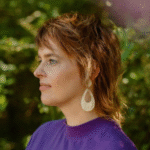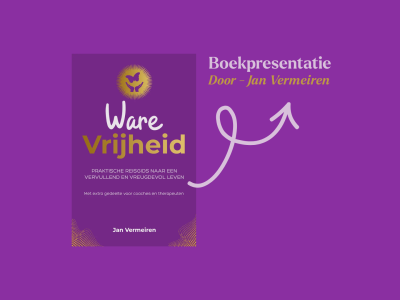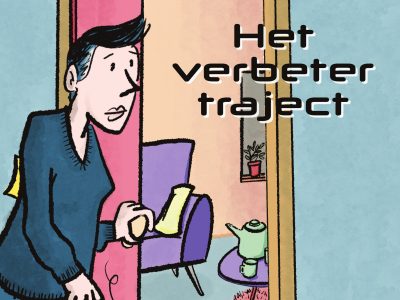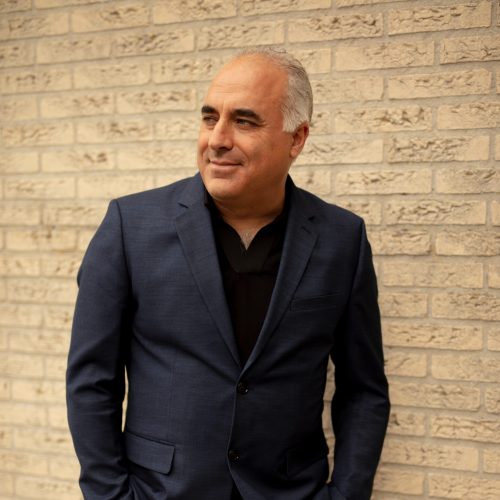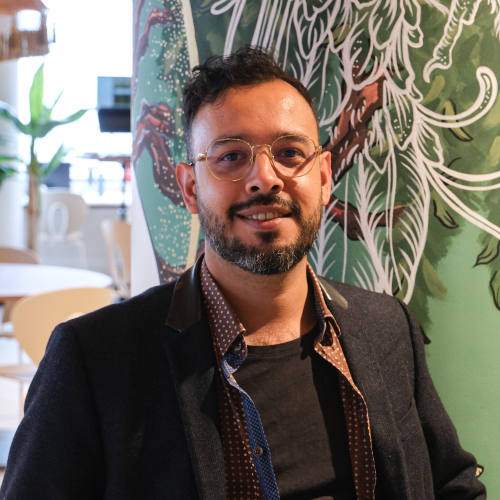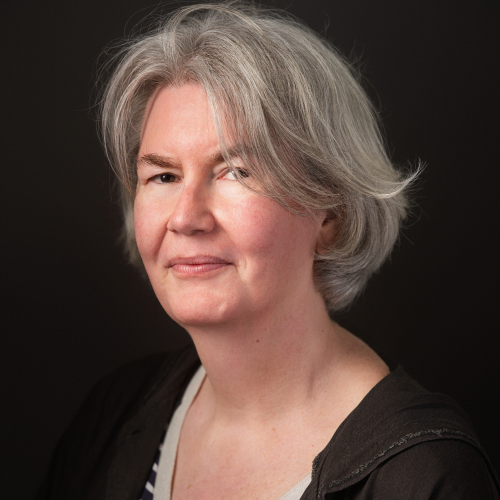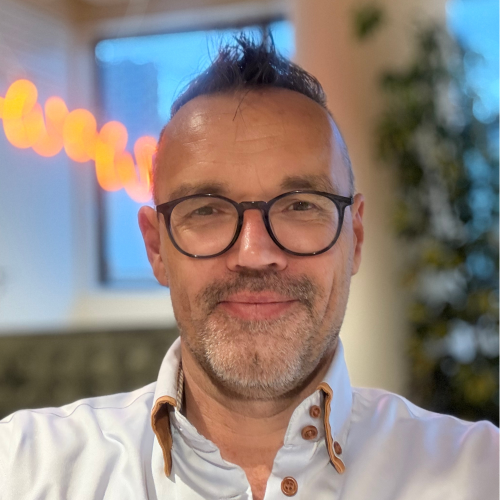Written by Marjolein Pijnappels
Imagine: you are not an island, but a living web of connections. From the cells in your body to the people around you, from the plants in your garden to the technology in your hand - everything is intertwined. Future ecologist Marjolein Pijnappels shows how our interconnectedness with people, nature and technology is the key to a sustainable future.
At first glance, nature, humans and technology seem like three separate worlds, but in reality they are deeply intertwined. Humans are part of nature, our bodies an ecosystem in themselves. Our technology is inspired by and dependent on natural processes. This interconnectedness offers a new perspective on sustainability, where we blur the boundaries between these domains and strive for harmonious collaboration.
Biologically and socially connected
Our connection to other people is deeper than we think. We are actually not “separate” individuals at all, but literally share pieces of ourselves with others through a process called microchimerism. From conception onwards, we exchange cells with others. In pregnant women, cells from the baby remain in the mother's body long after the pregnancy is over and vice versa. This allows an older sibling to live on in your. This means we all carry a bit of each other inside us, like a living mosaic.
This connection is not only biological, but also social. When I became a mother, I realised how much we need each other. Parenting in isolation is a struggle. It was this experience that made me find my ‘tribe’ in a (for me as an avid city dweller) unexpected place: a village in Limburg. Here I found a community that took me in and worked together for positive change. By being part of a collective, we lose some of our individualism, but we gain back a mutual support. As I like to say, “I'd rather be a wild, intertwined plant than an individual parsley in a pot. It makes it harder to chop me down.”
Nature as ally
Our connectedness also extends to the natural world around us. We are made up of the same molecules and organic compounds present in trees, rocks and worms. This idea is beautifully illustrated by the Tlingit, an Alaskan indigenous people. They see themselves as literally part of their landscape. For the Tlingit, their identity is so intertwined with their environment that they believe they would not be the same person if they lived somewhere else. Their mountains, rivers and forests are not just a backdrop to their lives, but an essential part of who they are.
We also see this connection with non-living nature in modern initiatives. In New Zealand, for example, Mount Taranaki has been granted personal rights, after years of efforts by local people who consider the mountain to be their ancestor. Closer to home, the De Dommel water board has experimented with inviting the river as an active participant in their meetings. These examples show how we can extend our circle of kinship and interrelatedness to non-human entities, such as mountains and rivers.
In nature, there are countless examples of intertwined creatures that need each other to survive. Consider the mycorrhizal networks between plants and fungi, where it is difficult to tell where one plant ends and another begins. By learning from these natural systems, we can find innovative and sustainable solutions to human problems, a concept known as biomimicry.
Teamwork with technology
Our relationship with technology is becoming more intimate and complex. In a sense, we have already become cyborgs - beings that are a mixture of biological and technological. Think of medical implants that regulate heart rhythms or improve hearing. Or our smartphones, which act as an extension of our brain, in which we store much of our knowledge and memories. AI systems help us make daily decisions, from choosing a route to work to recommending films we might like.
To build a healthy relationship with technology, we can learn from indigenous perspectives. Many indigenous cultures, such as those of the Plains Cree and the Lakota, see the world as animated. For them, not only plants and animals, but also rocks, mountains and rivers have their own ‘inner life’ with intentions, feelings and dreams. This way of thinking makes it easier to also see technology as an entity worthy of respect and with which we can even build a relationship.
Jason Edward Lewis and his colleagues, in their article “Making Kin with the Machines”, propose developing artificial intelligence (AI) from an indigenous perspective. This means seeing AI not as a slave or tool, but as an entity with which we can build a respectful, reciprocal relationship.
This approach requires a different way of thinking about technology. Instead of making machines that just execute commands, we build systems that function more like partners. Can this lead to AI systems that are not only efficient, but also ethical, empathetic and able to understand and respect the complexity of our world?
The power of interconnectedness
By recognising our connections to people, nature and technology, we are building a future where all species can flourish. Expanding our ‘circle of kinship’ is challenging, but essential. These relationships take energy (just as all family relationships take energy), but they also give something back. By embracing our relationships with each other, nature and technology, we create a world that is not only more sustainable, but also richer in opportunities and more resilient in times of change.
—
What would it be like to develop a product or redesign your organisation with lessons from nature? The future ecologist inspires and guides organisations with 3.8 billion years of innovation. Want to know more? Contact Marjolein Pijnappels
